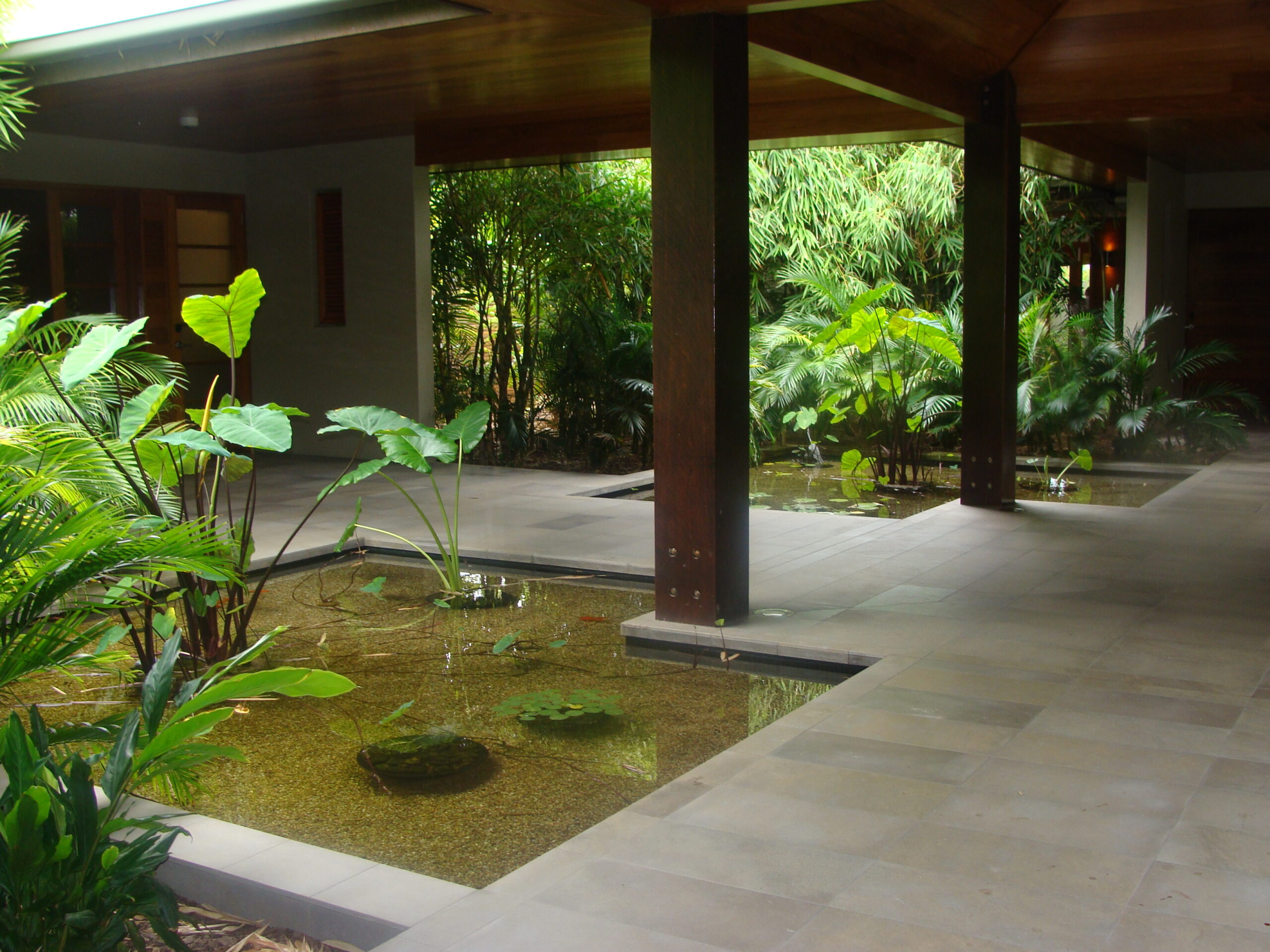Understanding LED’s and Getting it Right
Selecting LEDs: Finding the Right Balance When choosing LED lighting, it’s essential to consider colour, quality, and consistency. LEDs are a long-term investment, with some lasting up to 50,000 hours, so selecting the right ones from the start is crucial. Understanding Colour Temperature Colour temperature determines the warmth or coolness of light and is measured in Kelvin (K). Natural sunlight shifts throughout the day— Morning & Sunset: Warm light (2,000K–2,400K) Midday: Cooler, whiter light (5,000K) The higher the Kelvin value, the cooler the light appears. Choosing the Right LED Temperature for Different Spaces Different environments require different lighting temperatures to create the desired atmosphere and functionality: Space Recommended Kelvin (K) Offices 3,500K – 4,000K (cooler for focus) Retail Stores 3,000K –...


